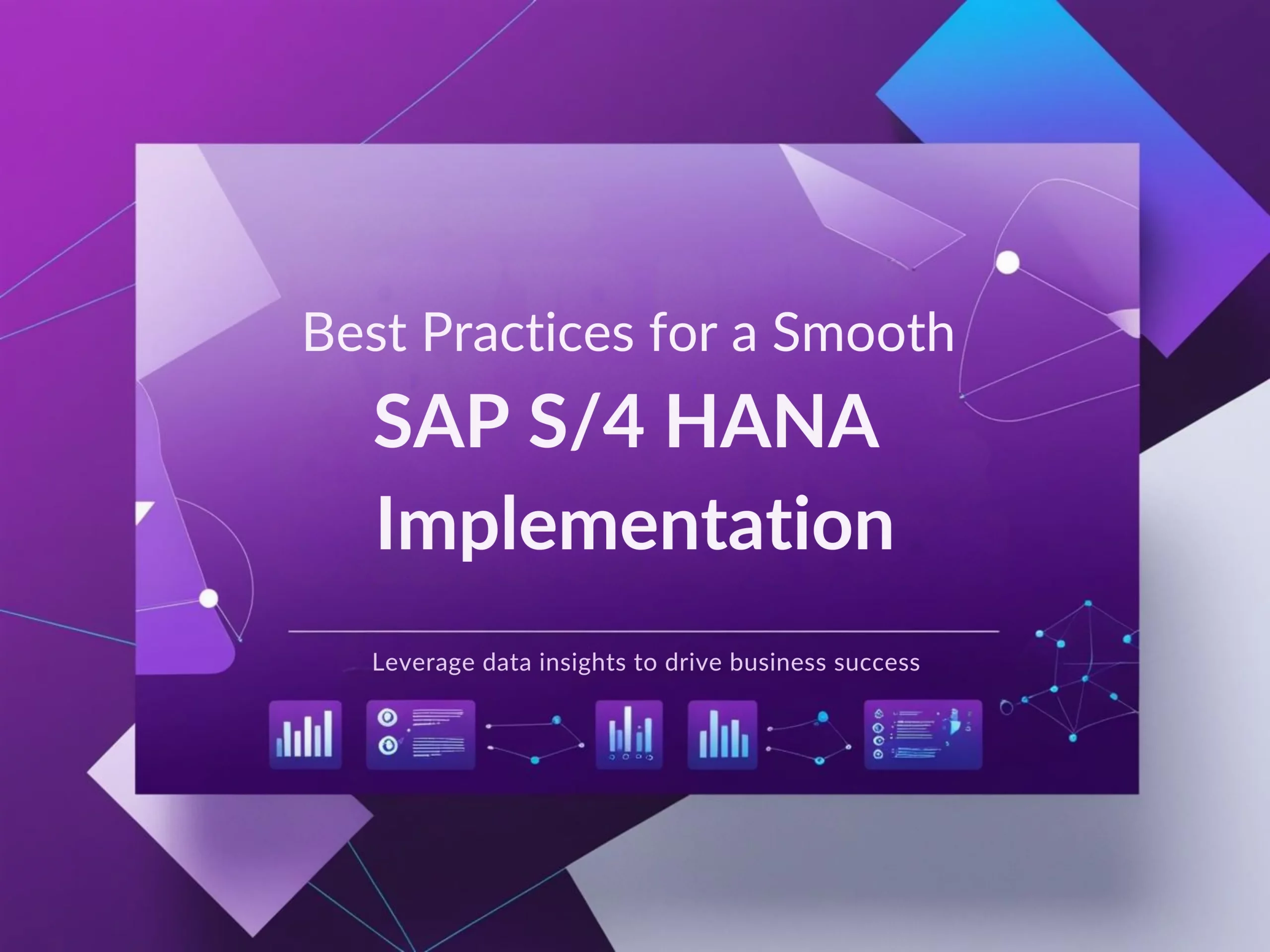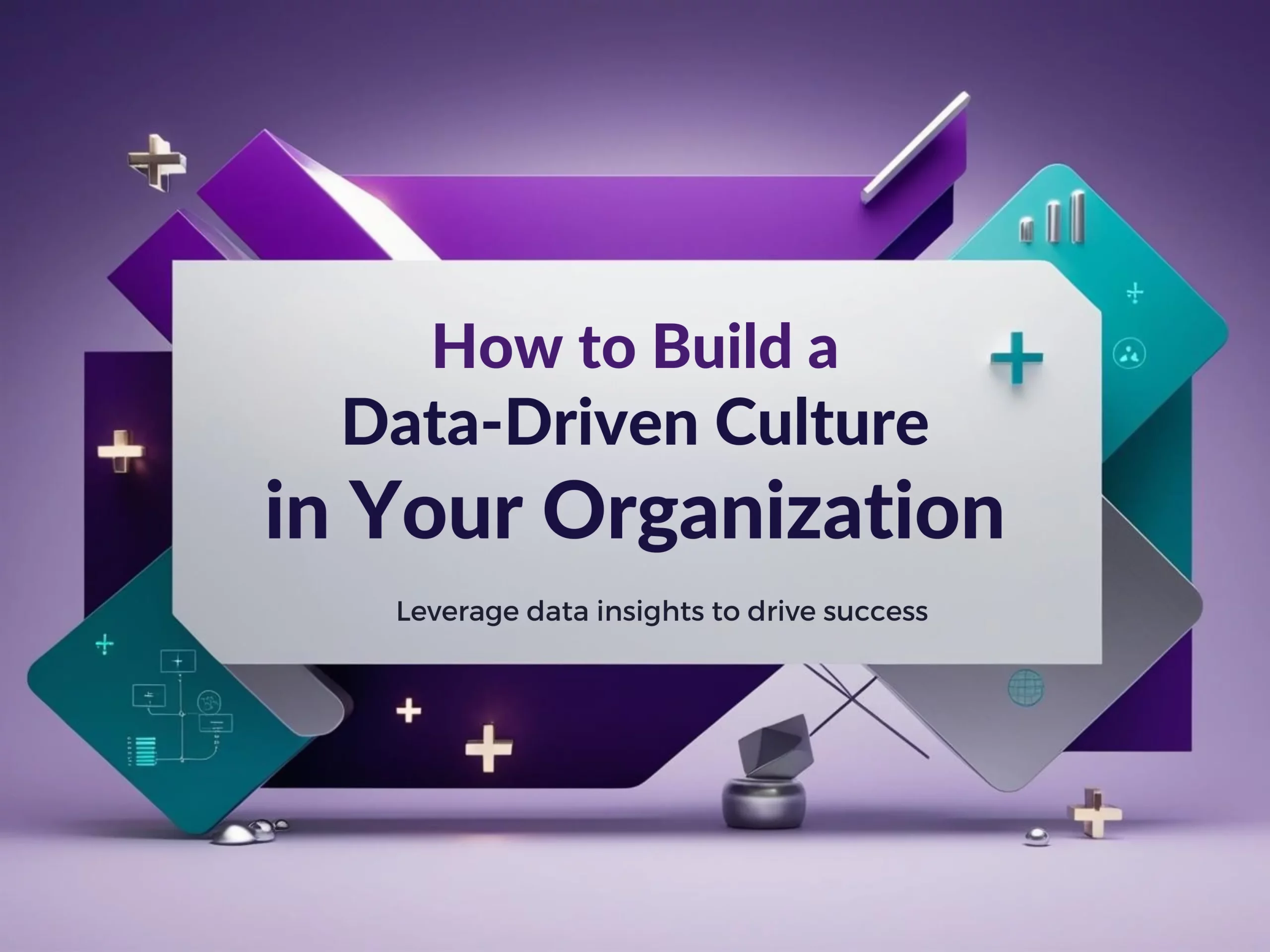Blog

Blog
Stay ahead with expert insights on venture investing,
startup growth, and updates from our VC and incubation center.
Did you know data-driven companies are growing 30% faster annually? Or that organizations with strong...
No posts found

For businesses still using outdated ERP systems, upgrading to SAP S/4HANA can make all the difference....
February 21, 2025
1 month ago

Dive into the intricacies of machine learning with AI expert Sarah Davis. In this episode
January 19, 2025
2 months ago

Did you know data-driven companies are growing 30% faster annually? Or that organizations with strong...
January 19, 2025
2 months ago
No posts found
Join Our Community
Empower your organization with the latest insights delivered straight to your inbox






